Teaching your dog new tricks is an essential and rewarding part of responsible pet parenting. Beyond the sheer joy of watching your furry friend master a new skill, training helps your dog develop crucial impulse control and provides vital mental and physical stimulation. A well-trained canine companion, one that understands commands and performs them consistently, will exhibit significantly better behavior around other dogs and people, fostering a more harmonious environment for everyone.
Embracing the world of dog training allows your canine companion to develop critical skills, improve their overall behavior, and boost their cognitive abilities. It’s an opportunity to strengthen your bond and ensure your dog is a confident, happy, and well-adjusted member of your family. If you’re wondering which skills to start with, this guide covers the best tricks to teach your dog to lay a strong foundation for future learning and good behavior.
1. Sit
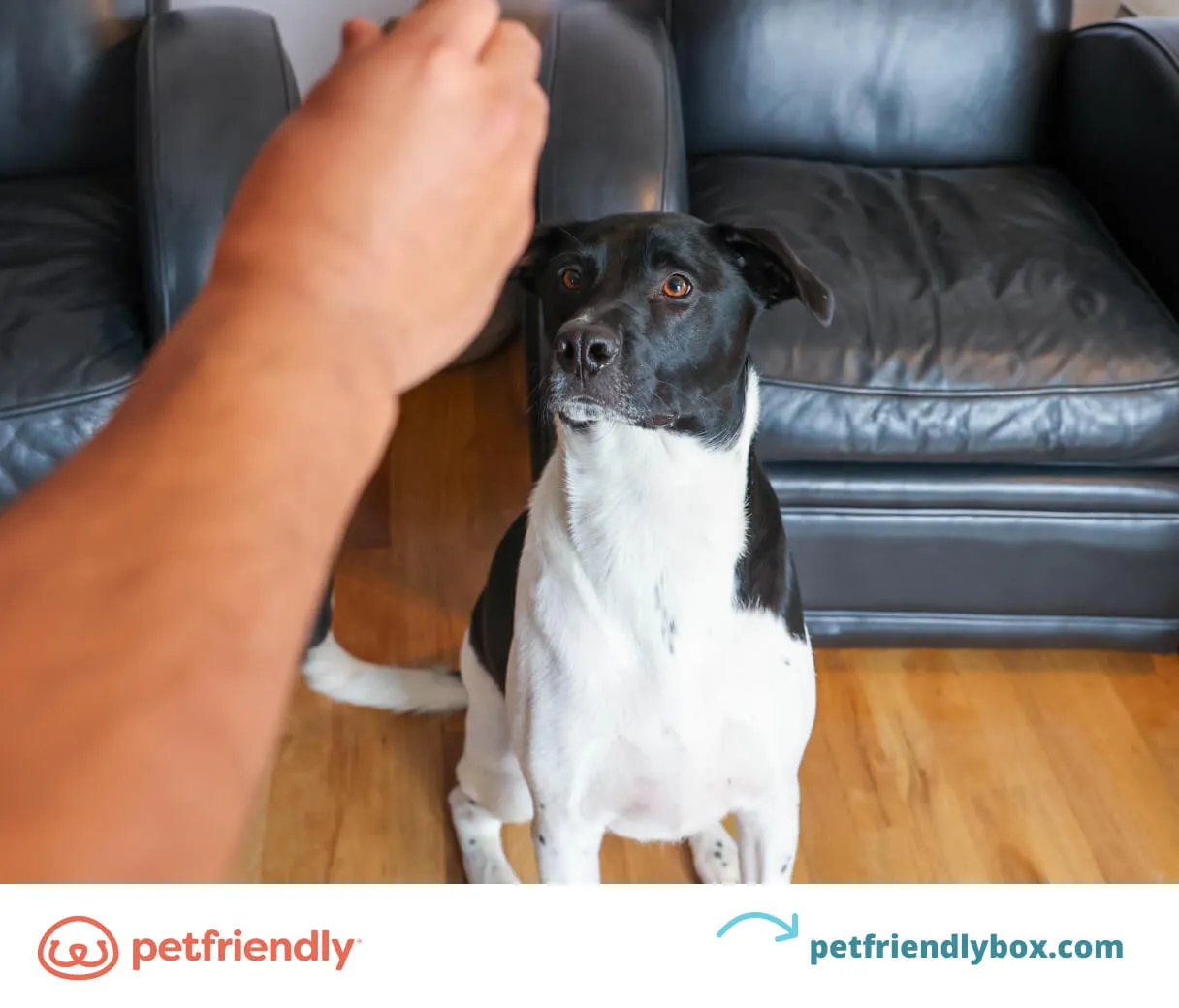 Dog sitting obediently, demonstrating the "sit" command during training.
Dog sitting obediently, demonstrating the "sit" command during training.
“Sit” is arguably the most fundamental and easiest trick every pet owner should teach their dog. This basic command serves as the primary starting point for mastering nearly all other dog tricks and commands. Once your pet has perfected the “sit,” they will find it much easier to grasp more complex maneuvers. A fun variation, teaching your dog to “sit pretty,” can also be an entertaining trick to showcase for friends and family.
How to teach your dog to sit
Lure with a high-value treat
To train your dog to sit, begin by holding a high-value dog treat close to your dog’s nose while they are standing. Slowly lift the treat over their head, moving it slightly backward towards their rear end. As their nose follows the treat, your dog will naturally lower into a sitting position.
Add the command
As soon as your dog’s rear touches the ground, immediately say the command “sit,” reward them with the treat, and offer enthusiastic verbal encouragement like “yes” and “good dog!” Repeat this process several times until your pet consistently sits when they hear the verbal command, even before you offer the treat.
2. Stay
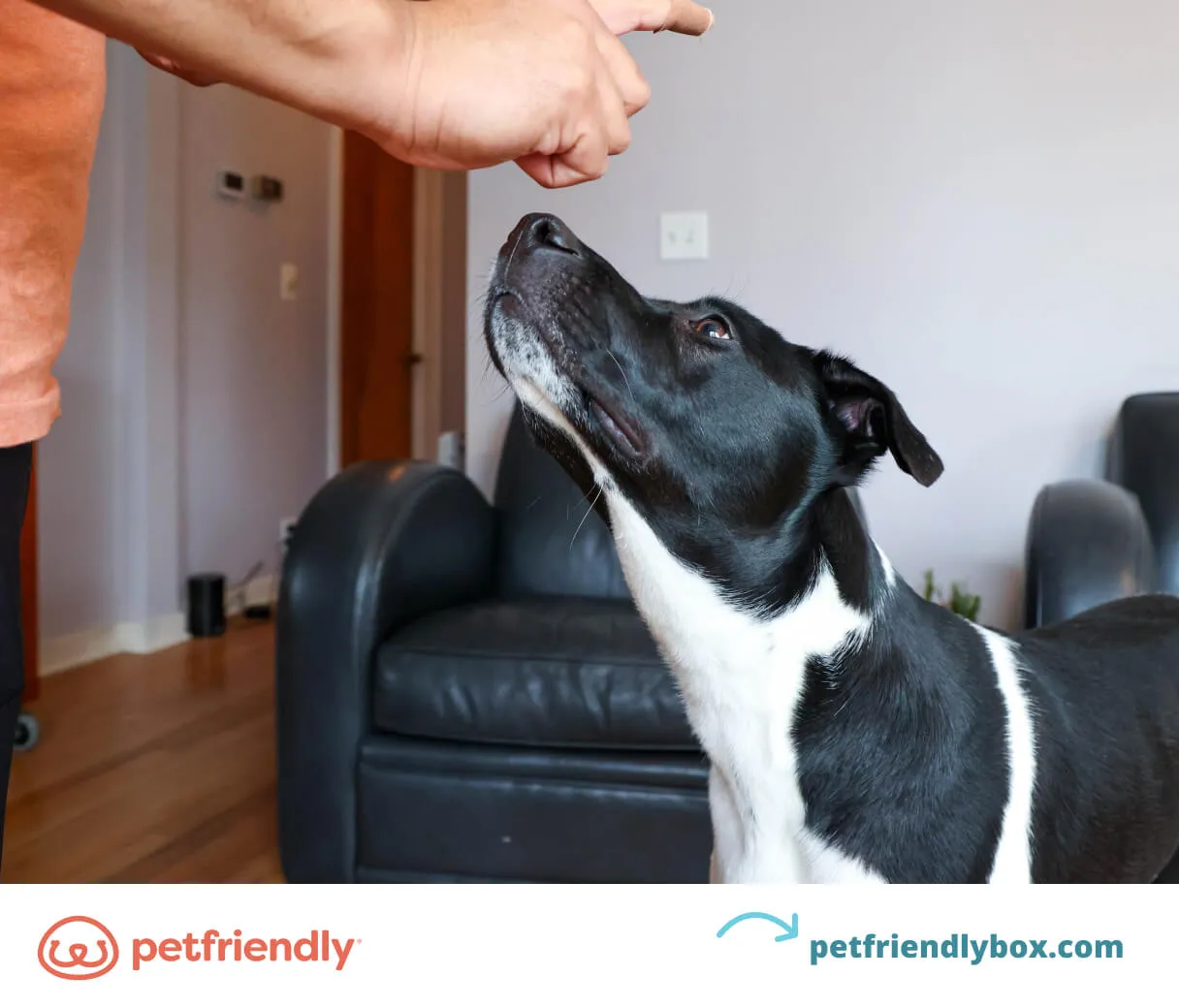 Golden Retriever patiently staying put, practicing the "stay" dog trick.
Golden Retriever patiently staying put, practicing the "stay" dog trick.
Teaching your dog to “stay” is another one of the most basic yet crucial tricks you can impart. This command is incredibly versatile, allowing you to keep your dog close by in various situations or to prevent them from approaching people, other animals, or potentially dangerous objects. The “stay” command is particularly effective in helping young pups develop essential impulse control, a skill they will retain and utilize throughout their lives.
How to teach your dog to stay
Start with “sit”
To teach your dog to “stay,” begin by having your dog in a sitting position. Use the command “sit” to get them into this position, then reward them with a treat and praise.
Add the command
While your dog is comfortably seated, clearly say the verbal cue “stay.” Wait just a few seconds. If your dog remains seated and hasn’t moved, immediately say their release word (more on this below) and reward them with a treat and praise.
Increase the duration
Repeat this process, gradually increasing the pause between the “stay” command and the reward. Once your dog reliably associates the action of staying put with the command, try giving the command and taking a small step or two away from your pet. Slowly increase the distance as they become more proficient.
Release and repeat
As your dog masters this important trick, you can progressively increase the duration of the “stay,” introduce mild distractions (like a toy rolling nearby), or even try briefly leaving the room for an advanced challenge. Always remember to use their release word before they move.
Release words
Expert dog trainers frequently use release words to signal to dogs that they are free from a command. Introducing a consistent release word tells your dog that the trick is finished and they can break position. Common release words for dog tricks include:
- O.K.
- Release
- Go
- Break
- Free
Your chosen release word can be anything you prefer, but consistency is key. Be sure to practice the full “stay” command until your dog perfects it, then consistently introduce the release word. Repeat this entire process until your dog reliably remains in place until you explicitly say their release word. These kinds of best dog tricks to teach your dog are foundational.
3. Come
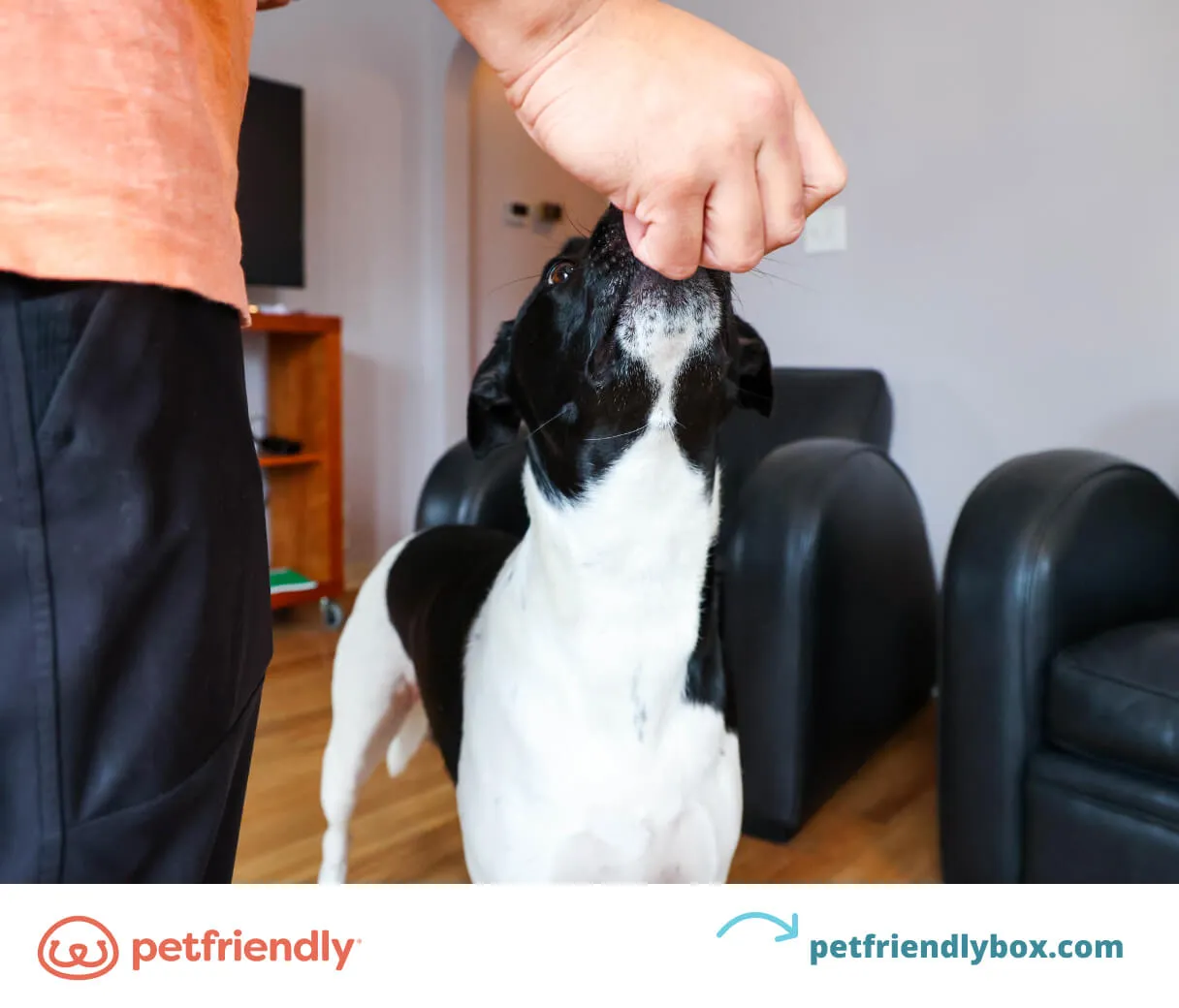 Happy dog running towards owner, illustrating the "come" command.
Happy dog running towards owner, illustrating the "come" command.
Teaching your dog to come when called is an incredibly valuable trick that goes beyond mere training—it’s a critical safety command. It can be extremely stressful and even dangerous if your pup runs off and you cannot get them to return. The “come” or “here” command can literally save your dog’s life in hazardous situations. For instance, if a dangerous animal, an oncoming vehicle, or another dog is approaching your pet, you can use the “come” command to quickly and safely retrieve them from potential danger.
Furthermore, if your dog can perfect this essential dog trick, you’ll experience much less stress during off-leash adventures. They’ll have the freedom to explore, sniff around, and confidently return to you when it’s time, knowing they will be rewarded.
How to teach your dog to come when called
Give them some space
To teach your pet to come when called, begin by standing a few yards away from your pet in a safe, enclosed area.
Add the command
Clearly say your dog’s name, followed by the command “come” or “here.” As your pet starts moving towards you, offer enthusiastic positive reinforcement by cheering, clapping, or saying “good dog!”
Reward, reset, repeat
When your dog reaches you, immediately reward them with a high-value treat. Give them extra pets, pats, and rubs to let them know they did an excellent job. Say your pet’s release word (if you use one for “come”) and wait a few moments before practicing again. Consistency is key for mastering this crucial command.
4. Leave it
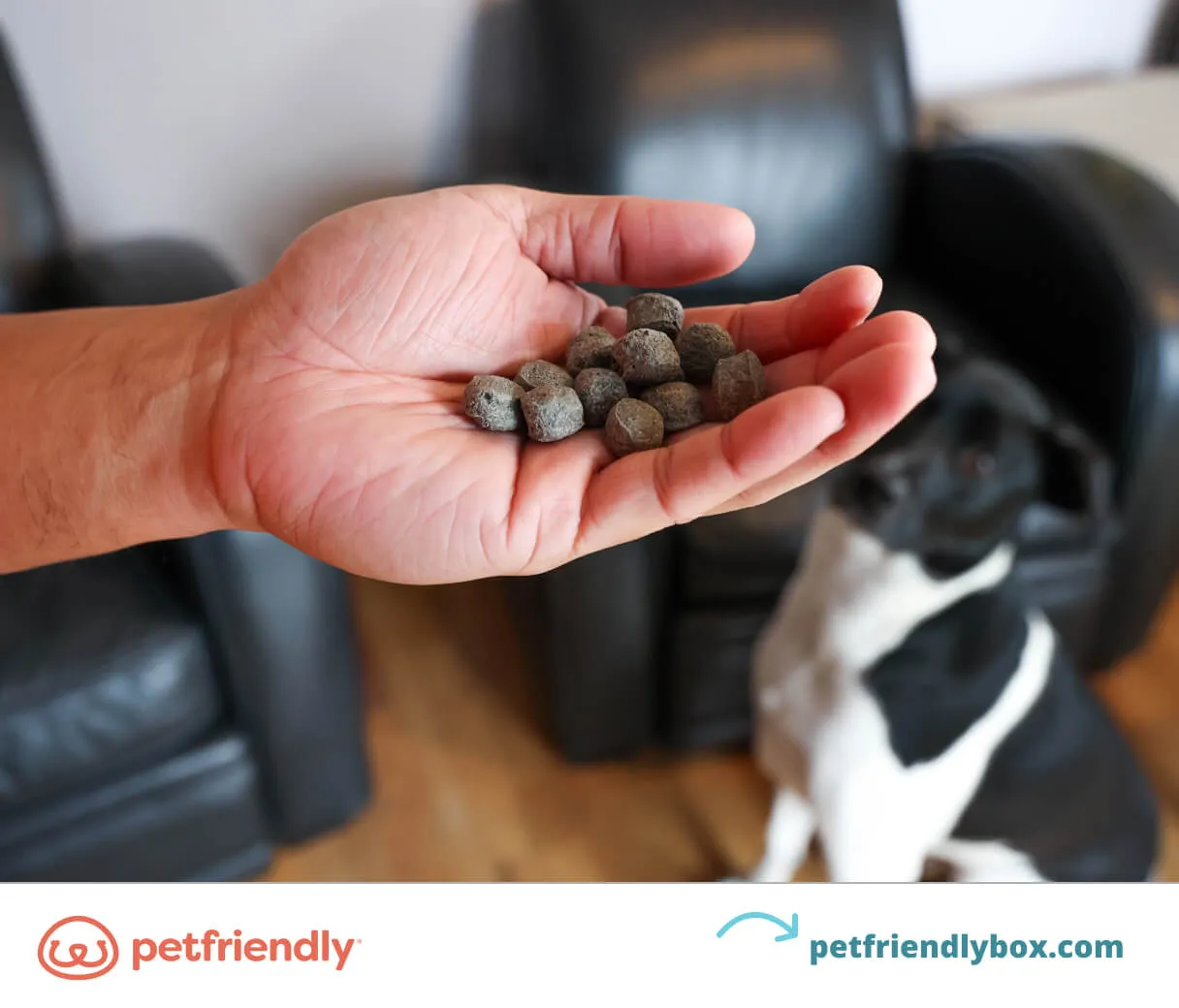 Dog looking away from a treat on the floor, mastering the "leave it" command.
Dog looking away from a treat on the floor, mastering the "leave it" command.
The “leave it” command is designed to train your dog to automatically disengage from and ignore items on the ground that are not meant for them. Training your dog to “leave it” is a paramount safety skill. For example, if you accidentally drop a piece of human food, some medication, or a hazardous object that could be toxic to your dog, telling them to “leave it” will prevent your dog from ingesting it before it’s too late. After diligently teaching your dog to “leave it,” your dog should instinctively look to you for approval before attempting to eat anything off the ground.
How to teach your dog to leave it
Lure with a high-value treat
To teach your pet to “leave it,” place a desirable treat in your closed hand. Present your closed hand on the ground directly in front of them and clearly say the verbal cue “leave it.” Allow your dog to try and get the treat from your hand until they eventually stop trying.
Reward good behavior
When your dog stops trying to get the treat, reward them with praise and say their release word. Importantly, after saying their release word, allow them to have the treat. This teaches them that leaving the initial item results in an even better reward. Repeat this process until your dog reliably ignores the treat in your closed hand for a few seconds at a time. After consistent repetition, try the same command with a treat in your open palm.
Make it challenging
Once your dog consistently leaves the treat in your open palm alone, advance the training by dropping a treat onto the floor and immediately saying the verbal cue “leave it.” Wait a few seconds, then say the release word to tell your dog they can have it. Make sure to give them lots of praise and positive reinforcement along the way, celebrating their successes. As you continue to practice this dog trick, your pet will develop the ability to ignore tempting items until you give them their release word, or until you pick up the object you don’t want them to have.
5. Down
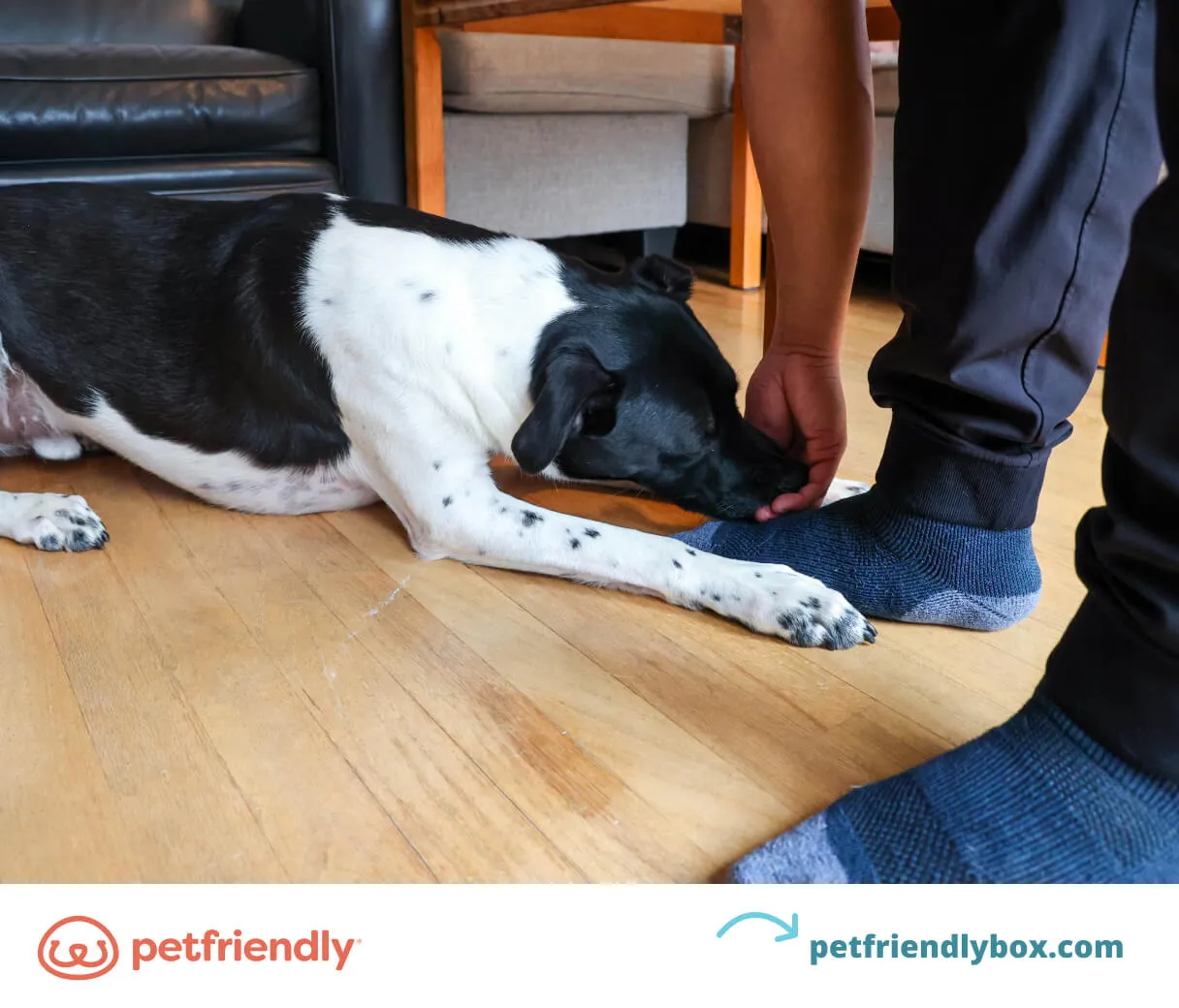 Dog calmly lying down, practicing the "down" command for obedience.
Dog calmly lying down, practicing the "down" command for obedience.
The “down” command is incredibly useful for your dog to know in everyday life, serving as an essential tool for calm behavior. In situations where you need your dog to be still and relaxed, such as during vet visits, grooming sessions, or when guests arrive at your home, “down” is a fundamental dog trick for your pup to know. It helps to settle them and encourages appropriate behavior in various settings.
How to teach your dog down
Start with “sit”
To get your dog to lie down, begin with your dog in a standing position directly in front of you. Instruct them to “sit.” Once your dog is sitting, hold a dog treat visibly between your fingers.
Lure with a high-value treat
Slowly move your hand with the treat straight down to the floor. Your dog’s nose should naturally follow the treat. When your hand with the treat meets the floor, slowly drag your hand towards you, away from your pet.
Add the command
Your pet should naturally lie down to reach the treat. As soon as your pet is lying down, clearly say the command “down,” and reward them with the treat. Give them extra pats and rubs and say their release word to let them know they have finished the trick. Repeat this process until your dog automatically lays down with the verbal command. Once your dog learns to lie down, you can teach them more advanced behaviors like army crawling or maintaining a long “down-stay.”
6. Place
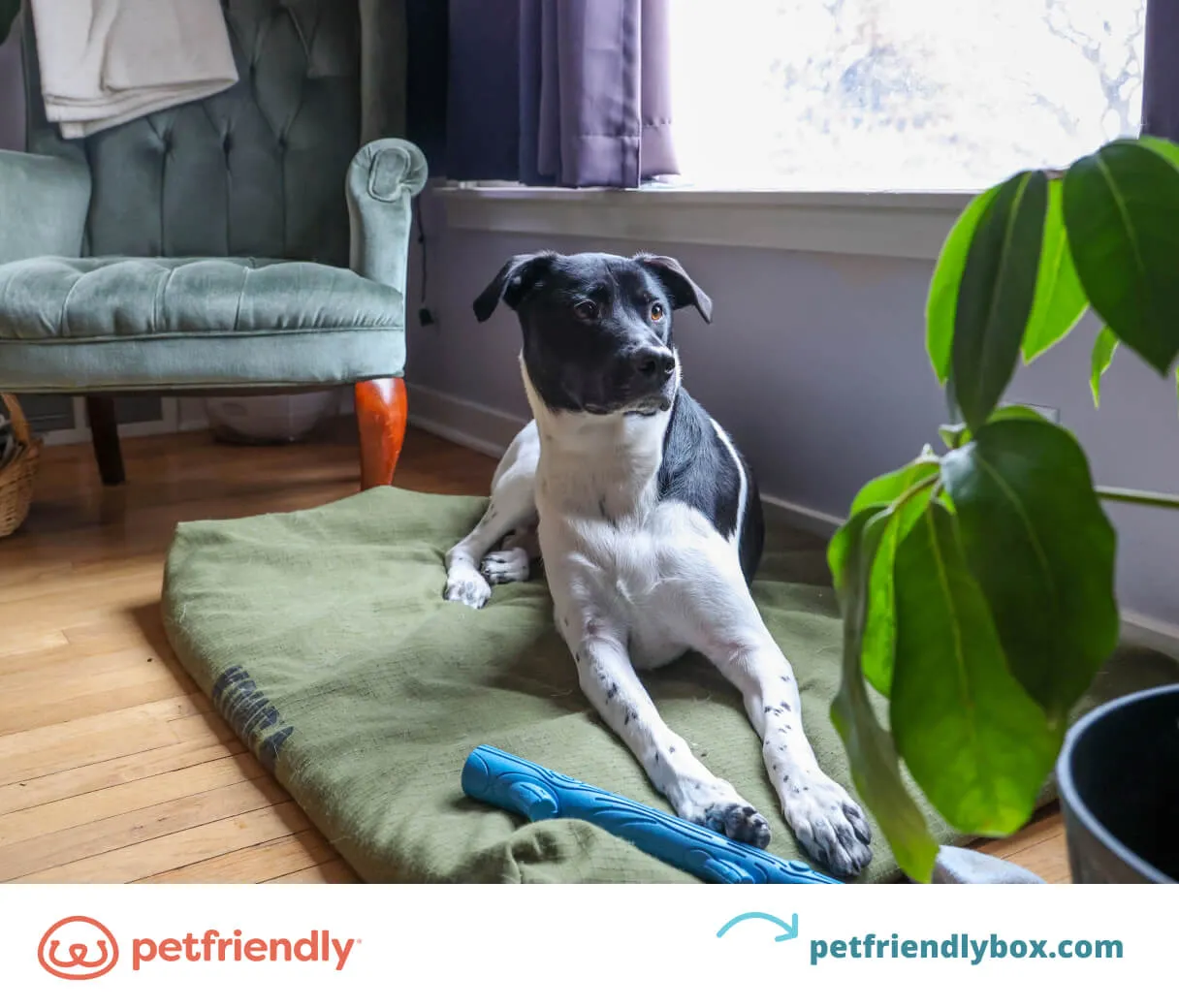 Dog settled on a designated mat, demonstrating the "place" dog trick.
Dog settled on a designated mat, demonstrating the "place" dog trick.
“Place” is a practical dog trick that can be immensely useful when you need your dog to settle down and relax in a specific area. Training your dog to go to their designated “place” can be highly beneficial for times when your dog needs to be out of the way, such as when you’re cooking in the kitchen, during meal times, or when guests are arriving. The “place” command can effectively address common problem behaviors like begging at the dinner table or jumping on visitors, offering a positive alternative behavior that deters unwanted actions from happening in the first place.
How to teach your dog place
Teach the basics
Before teaching your dog to go to their “place,” ensure they first know how to sit, lay down, and stay. They will also need a clear release word to signal that they are free to leave their designated spot.
Introduce your dog’s place
Show your pet their designated spot – this could be a dog bed, a crate, or even a hula hoop on the floor. Reward any attention they give it, such as sniffing or stepping onto it. You can also gently lure your dog onto the bed or into the crate with a treat.
Add the command
As soon as your dog steps foot into their “place,” say the verbal command “place” and immediately reward them. After a few moments, say their release word to let them know they are free to get off the bed or leave the crate.
Increase the duration
As your dog practices, gradually increase the time between the behavior and the reward. Incorporate the command “stay” while your pet is in their “place” and take a few steps away. Return, give them their release word, and then reward them with a dog treat. Gradually extend the distance and time you are away. This is one of the amazing tricks to teach your dog for home management.
Add a challenge
When your dog reliably learns to go to their “place” and stay, you can begin to introduce various challenges and distractions, such as:
- Having them lie down in their place
- Shaking their leash
- Opening or knocking on the door
- Making noise
- Squeaking a toy
When your dog remains calmly in their place through these distractions, return to your pet and reward them before saying their release word. Before long, your dog will understand that “place” not only means touching or standing on their bed but also to lie down and stay until they hear their specific release word.
7. Back up
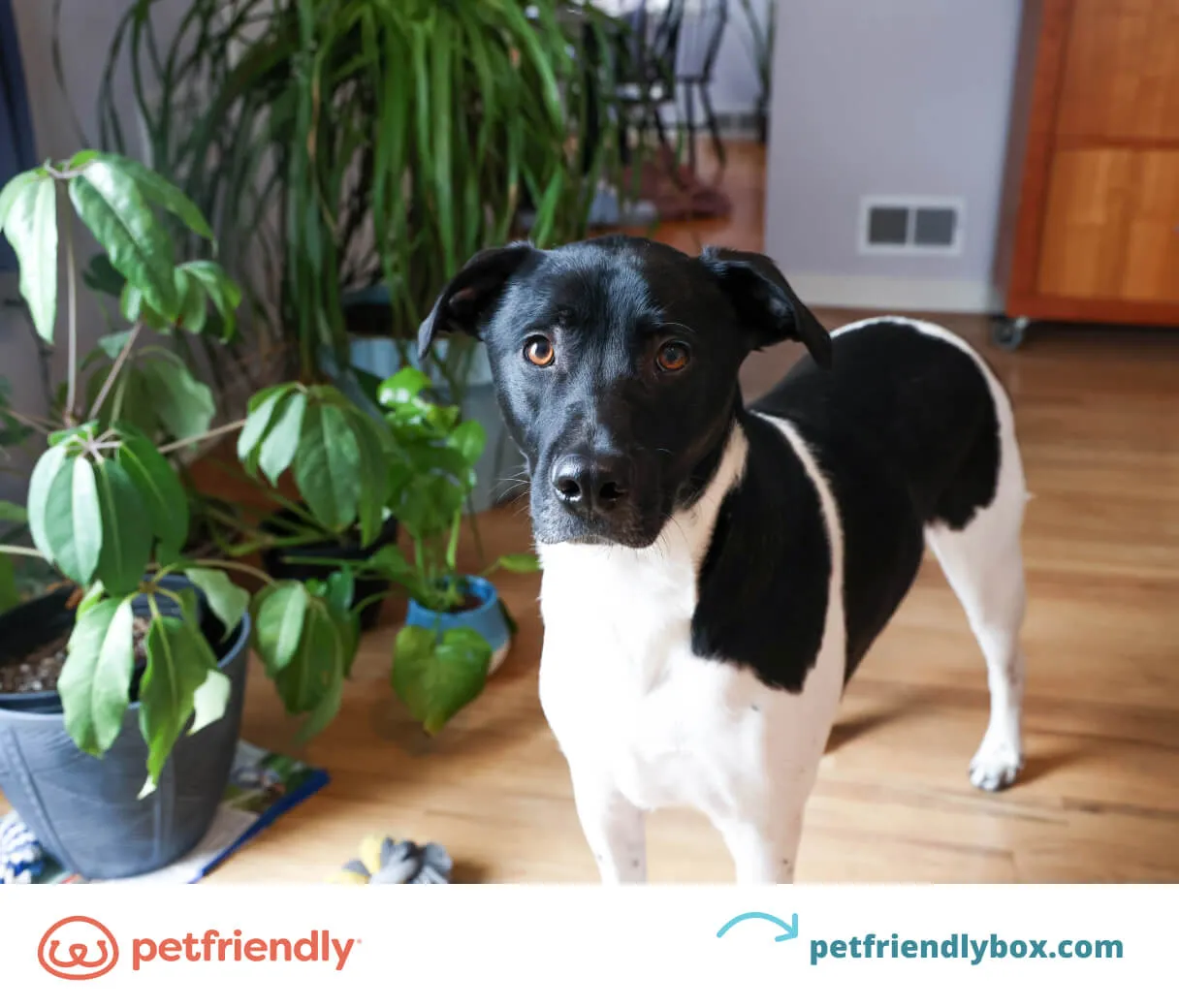 Dog backing away from an obstacle, learning the "back up" command.
Dog backing away from an obstacle, learning the "back up" command.
“Back up” is a movement-based dog trick that helps dogs learn to use their body safely and efficiently in various environments. Walking backward does not come naturally for most dogs, so it is a specific skill they need to learn through patient training. Fun tricks like “back up” prove incredibly handy when navigating small or crowded spaces, encouraging your dog to give guests a little more breathing room, or simply making space for you to pass.
How to teach your dog to back up
Start with an open space
Before teaching your dog to back up, ensure you are in a spacious area with plenty of room to move backward. A hallway or an open outdoor area is an excellent place to begin teaching your dog this engaging trick.
Step, step, reward
With your dog standing directly in front of you, take a deliberate step towards them. The moment your pet takes even a small step backward with their hind legs, immediately reward them with a treat and praise.
Add the command
After a few successful repetitions, start incorporating the command “back” or “back up” as you take your step forward. With consistent practice, your dog should automatically walk backward when they hear the verbal command, without you needing to step towards them.
8. Shake paws
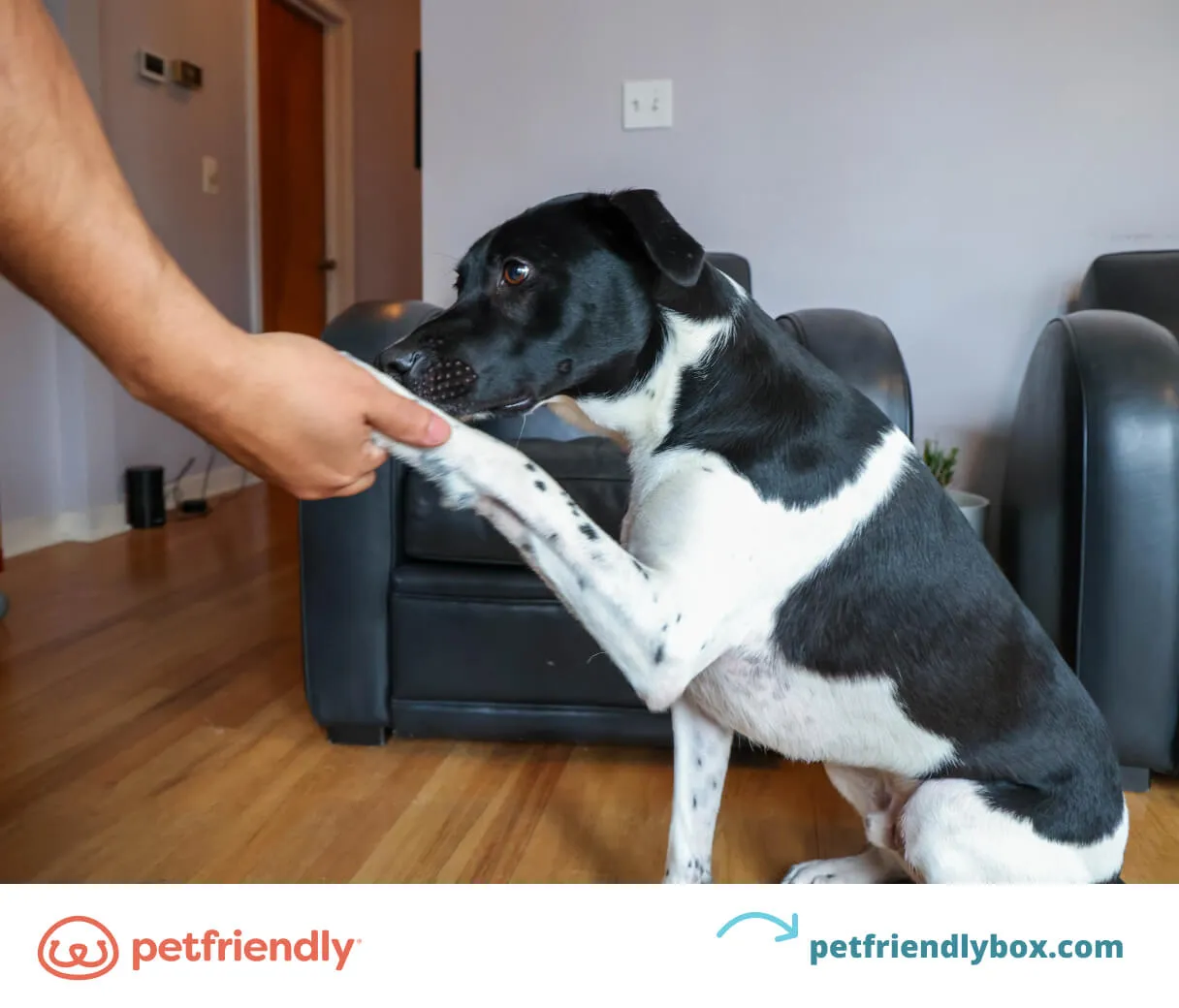 Dog shaking paw with human hand, performing the "shake hands" trick.
Dog shaking paw with human hand, performing the "shake hands" trick.
Teaching your dog to shake paws is a charming and relatively easy touch trick to learn. Simple yet impressive tricks like “shake” are wonderful skills to teach your dog, especially for interactions with friends and family, adding a polite greeting to their repertoire. This trick also encourages gentle paw handling, which can be useful for grooming or paw inspections.
How to teach your dog to shake hands (paws)
Start with “sit”
To teach your dog to shake hands, begin by having them in a sitting position in front of you. Hold a small, enticing treat in your closed hand, just out of their reach.
Add the command
While holding the treat, repeat the phrase “shake” or “paw” while gently tapping one of your dog’s front feet with your other hand. Most dogs will naturally raise their other paw to try and get the treat from your closed hand.
Catch and repeat
The moment your dog raises their paw, catch it gently with your hand. Say your command word (“shake” or “paw”) and immediately reward them with the treat. This precise timing helps your dog associate the command and the action with a positive outcome. Repeat these steps until your dog automatically lifts their paw and places it in your hand with the command alone.
9. Play dead (or rollover)
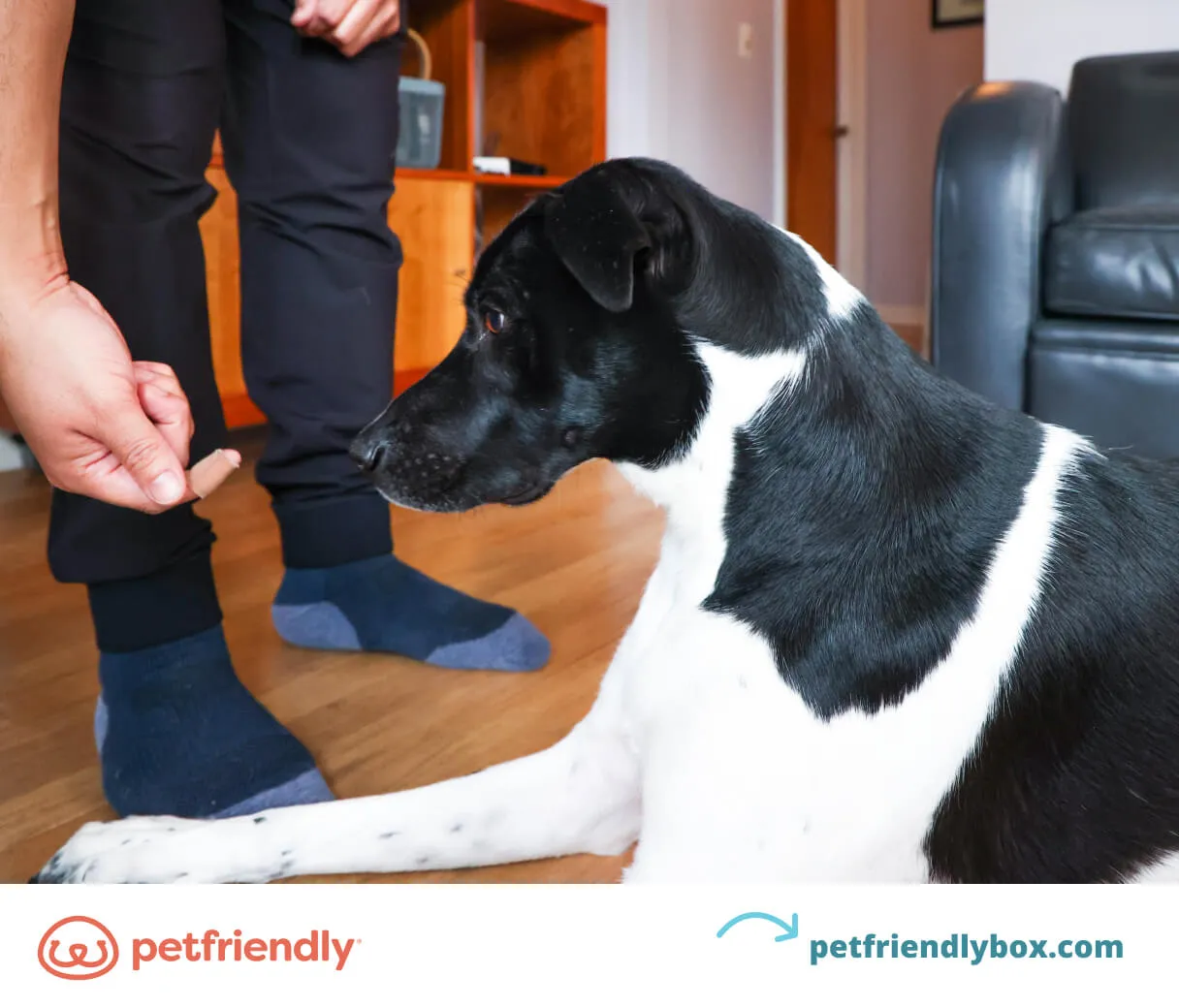 Dog playing dead on its side, performing a fun dog trick.
Dog playing dead on its side, performing a fun dog trick.
While not an essential life-saving command like “sit” or “stay,” teaching your dog to “play dead” or “rollover” is a wonderfully fun new trick to enhance your pet’s skills and impress onlookers. As long as your pet has a solid grasp of the “down” command, they should pick up the hang of this impressive trick in just a few straightforward steps. It’s one of those cool things to train your dog to do that brings smiles.
How to teach your dog to play dead
Start with your dog in a lying position
Use the “down” command to get your dog to lie down calmly.
Lure with a high-value treat
Hold a high-value treat close to your dog’s nose. Slowly move it sideways towards their shoulder, continuing the arc until your dog needs to roll over onto their side to follow the treat with their nose.
Reward
The moment your dog is lying comfortably on their side, immediately reward them with the treat and praise. Repeat this step several times to get your dog accustomed to easily lying on their side.
Add the command
Once you have the first step down, begin to incorporate a verbal command or hand signal. The verbal command could be “play dead,” “bang,” or any word you choose to associate with the action.
Bonus! Incorporate a hand signal
Many dog owners add a fun hand signal command to this trick, such as holding up a finger gun to look like a gun pointing at their dog. After your dog consistently associates the command (verbal and/or hand signal) with the behavior, reward them with a treat and enthusiastic praise.
10. Speak
 Dog barking on cue, demonstrating the "speak" command.
Dog barking on cue, demonstrating the "speak" command.
Barking is a natural and important way for dogs to express themselves and communicate. However, sometimes pet parents need their pets to be quiet or to bark on command rather than excessively. While barking is a normal behavior, teaching your pet when it’s acceptable to “speak” can be incredibly helpful for impulse control and managing excessive barking. It allows you to channel their natural instincts into a controlled behavior.
How to teach your dog to speak
Lure with an enticing reward
With your dog positioned in front of you, make it clear that you have something they truly desire. This could be their favorite tennis ball, another beloved toy, or a particularly high-value treat. Hold it in a way that excites them.
Wait for a response
If your pet knows other dog tricks, they might start performing a few of them to try and earn the reward. Be patient and wait. Eventually, your dog might make a small noise, whimper, or even bark out of frustration or excitement at the presence of the reward.
Mark the bark
The very instant your pet makes any vocalization (a bark, a whine, a “woof”), immediately mark the behavior with the command “speak” and reward them with the enticing item. Repeat this process consistently until your dog understands how to “speak” on command, allowing you to control their barking rather than being controlled by it.
11. Take a bow
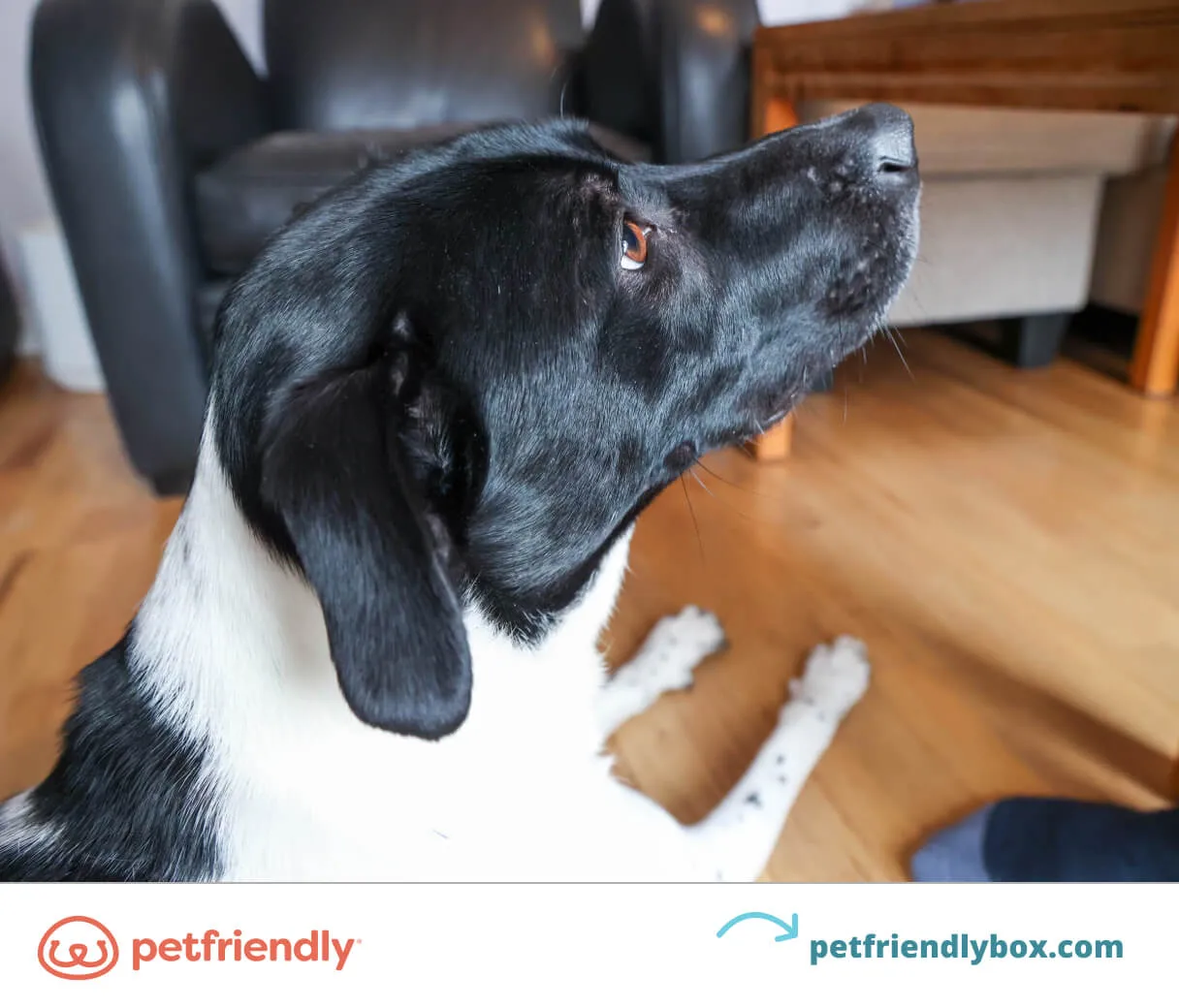 Dog in a bowing position, performing the elegant "take a bow" trick.
Dog in a bowing position, performing the elegant "take a bow" trick.
The “bow” command comes quite naturally to some pets, especially if they stretch frequently, often performing what’s known as a “play bow.” Instead of simply saying, “Ooooh, big stretch!” when your pet naturally assumes this charming position, seize the opportunity to use the command “bow” or “take a bow” to reinforce and capture this appealing dog trick. This turns a natural behavior into a command.
How to teach your dog to take a bow
Lure with a high-value treat
With your dog standing up in front of you, hold a high-value treat directly in front of their nose. Slowly move the treat straight down towards the floor, keeping it close to their face. Their nose should follow the treat all the way to the ground.
Add the command
As you lower the treat, clearly say the command “bow” or “take a bow.” When your dog’s front legs are lowered to the ground and they are still standing up on their hind legs (in a bowing position), immediately reward them with the treat. Repeat this process until your pet reliably performs this elegant dog trick on command.
12. Spin
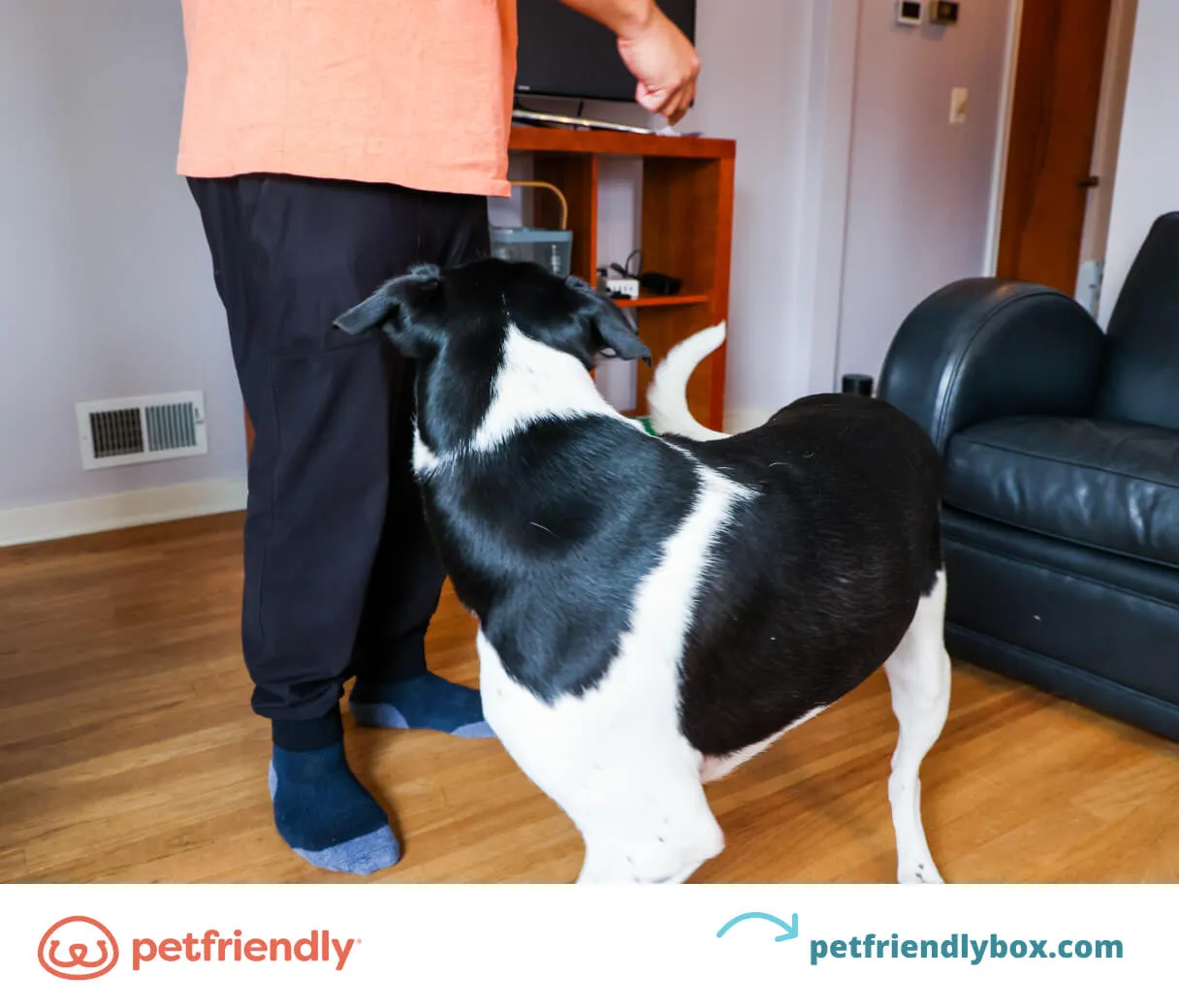 Dog spinning in a circle, executing the "spin" command playfully.
Dog spinning in a circle, executing the "spin" command playfully.
“Spin” is a highly engaging and fun trick to incorporate into your repertoire of dog tricks. While not an essential obedience command, it’s a delightful and playful trick to teach your new dog or to add some flair to an experienced canine’s skill set. It also provides good mental and physical exercise, promoting coordination and engagement.
How to teach your dog to spin
Lure with a high-value treat
To get your dog to spin, hold a desirable dog treat close to your dog’s nose. Slowly move it towards the side of their head, in an arc, so your dog turns their head and entire body to follow the treat.
Add the command
While continuously moving the treat in a complete circle around your dog, clearly say the command “spin.” Continue guiding their nose with the treat until your dog completes a full rotation.
Reward and repeat
Once your dog has spun all the way around and you are back in your starting position, immediately reward your dog with the treat and enthusiastic praise. Repeat these steps consistently until your dog makes a complete circle with only the verbal command, without needing the physical lure of the treat. Even if you think you can teach an old dog new tricks, starting young helps!
Final tips for teaching your dog tricks
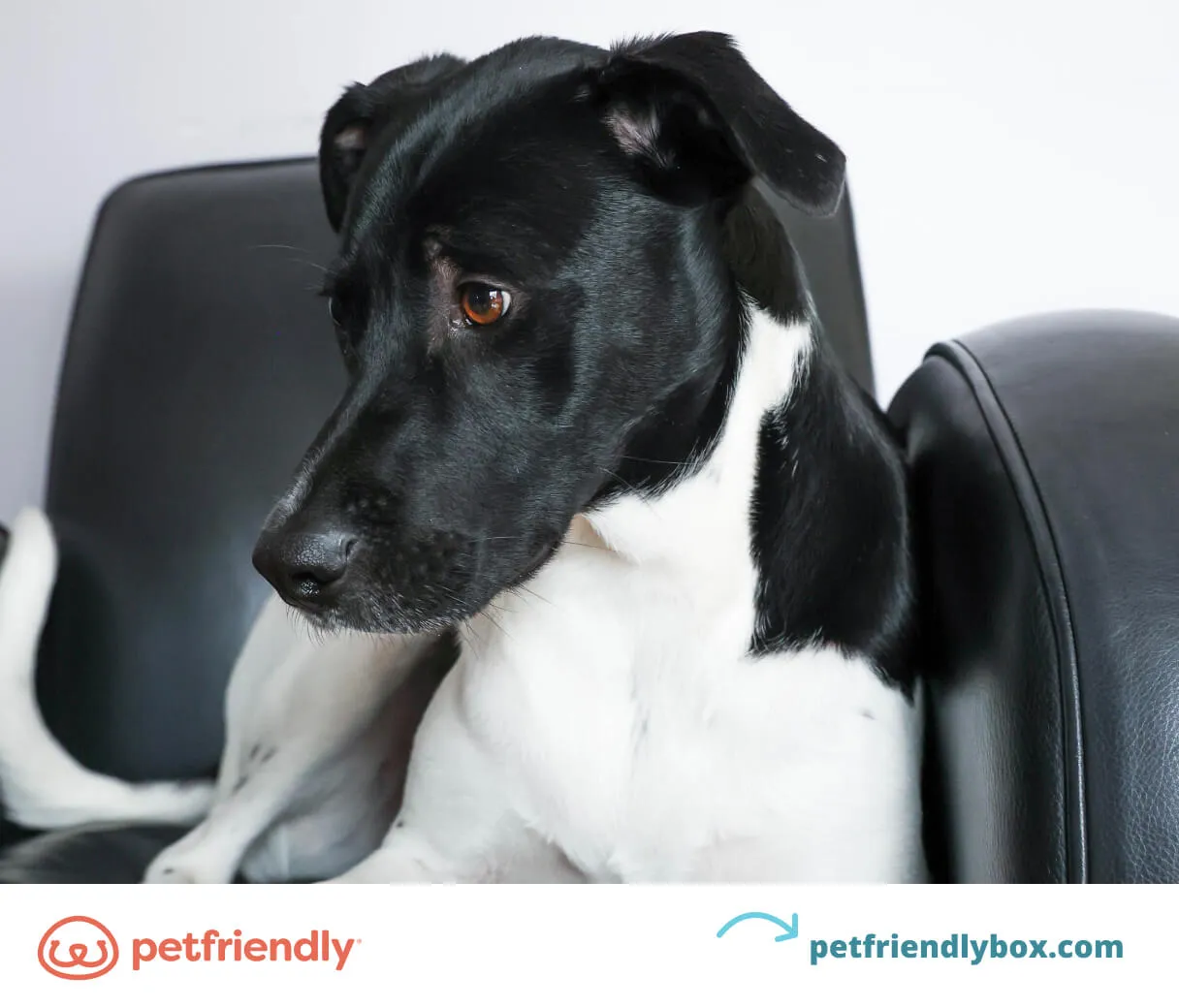 Owner and dog during a training session, highlighting key tips for teaching new tricks.
Owner and dog during a training session, highlighting key tips for teaching new tricks.
Now that you’ve explored some of the best and easiest tricks for beginners, it’s crucial to remember a few essential tips that will significantly help you along the way and ensure successful training sessions:
- Keep your training sessions short: Dogs have limited attention spans. Aim for brief, focused sessions to keep them engaged and prevent boredom or frustration.
- Start with basic commands: Build a strong foundation by mastering commands like “sit” and “stay” before moving on to more complex or fun tricks. This provides them with core understanding and confidence.
- Optimal training duration: Training sessions should typically last 15 to 20 minutes, once or twice a day. This ensures consistency without overwhelming your dog.
- Use appropriate rewards: Small pieces of your dog’s regular food or healthy supplements can often serve as excellent “treats” during training, preventing over-feeding. High-value treats should be reserved for particularly challenging new behaviors.
- Plan training times strategically: Schedule training sessions around meal times. This means your dog will be more motivated by food rewards and you can incorporate a portion of their meal into the training, ensuring they don’t consume too many extra calories.
Behavior and trick training is a fantastic way to stimulate your pet’s brain, build confidence, and deepen the special bond you share. Remember, not all dogs are quick learners, and every dog progresses at their own pace. Spend consistent time training, be patient, stay positive, and most importantly, have fun with the process. The journey of teaching your dog new tricks is just as rewarding as the outcome itself.
